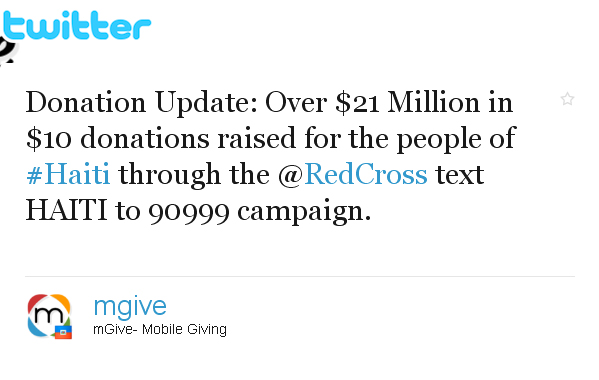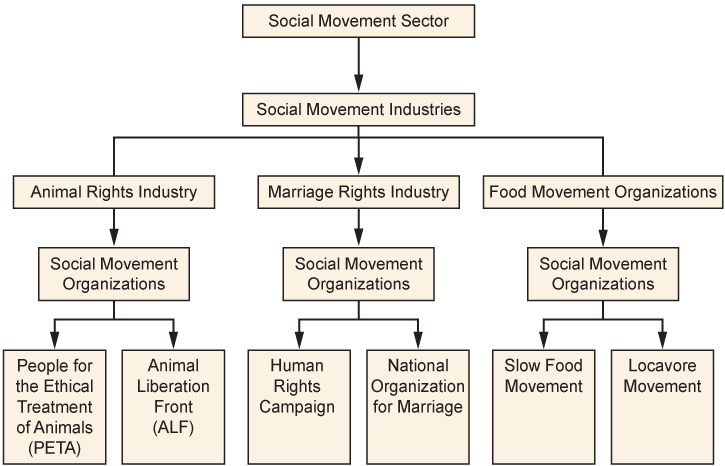| << Chapter < Page | Chapter >> Page > |

Most theories of social movements are called collective action theories, indicating the purposeful nature of this form of collective behavior. The following three theories are but a few of the many classic and modern theories developed by social scientists.
Social movements will always be a part of society, and people will always weigh their options and make rational choices about which movements to follow. As long as social movements wish to thrive, they must find resources (such as money, people, and plans) for how to meet their goals. Not only will social movements compete for our attention with many other concerns—from the basic (our jobs or our need to feed ourselves) to the broad (video games, sports, or television), but they also compete with each other. For any individual, it may be a simple matter to decide you want to spend your time and money on animal shelters and Republican politics versus homeless shelters and Democrats. But which animal shelter, and which Republican candidate? Social movements are competing for a piece of finite resources, and the field is growing more crowded all the time.
McCarthy and Zald (1977) conceptualize resource mobilization theory as a way to explain movement success in terms of its ability to acquire resources and mobilize individuals. For example, PETA, a social movement organization, is in competition with Greenpeace and the Animal Liberation Front (ALF), two other social movement organizations. Taken together, along with all other social movement organizations working on animals rights issues, these similar organizations constitute a social movement industry . Multiple social movement industries in a society, though they may have widely different constituencies and goals, constitute a society's social movement sector . Every social movement organization (a single social movement group) within the social movement sector is competing for your attention, your time, and your resources. The chart below shows the relationship between these components.

Over the past several decades, sociologists have developed the concept of frames to explain how individuals identify and understand social events and which norms they should follow in any given situation (Goffman 1974; Snow et al. 1986; Benford and Snow 2000). Imagine entering a restaurant. Your “frame” immediately provides you with a behavior template. It probably does not occur to you to wear pajamas to a fine dining establishment, throw food at other patrons, or spit your drink onto the table. However, eating food at a sleepover pizza party provides you with an entirely different behavior template. It might be perfectly acceptable to eat in your pajamas, and maybe even throw popcorn at others or guzzle drinks from cans.

Notification Switch
Would you like to follow the 'Introduction to sociology' conversation and receive update notifications?